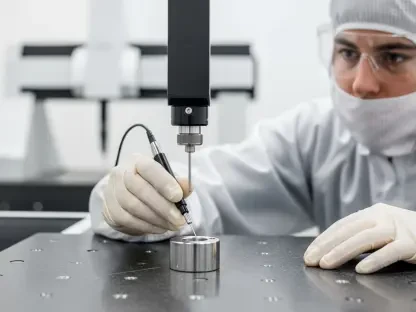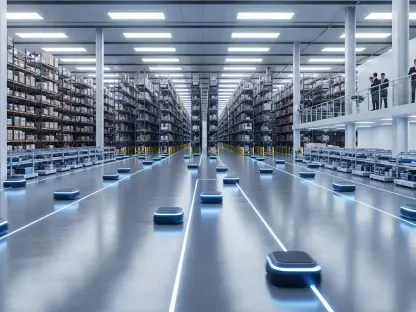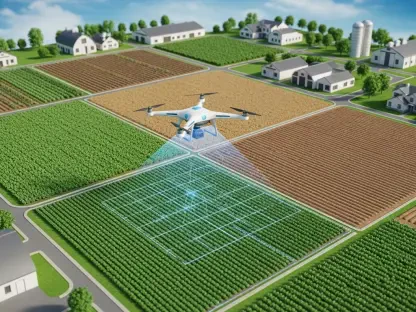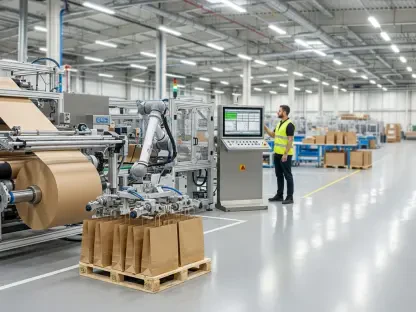In Lynchburg, Virginia, real estate developer Zach Baldridge, founder and CEO of KKrane, has constructed the first 3D-printed house of its kind, aiming to revolutionize affordable housing. Utilizing a custom-built 3D concrete printer, Baldridge’s approach enables the fabrication of concrete panels for home construction, offering a new level of design freedom. With over 20 years in the construction industry, Baldridge saw an opportunity to make construction processes more efficient and cost-effective.
The house, listed at $439,000, features three bedrooms and two baths on a 1.6-acre lot in Woods Landing. This price point is slightly below Virginia’s median home sale price as of February, according to a Redfin report. Besides being competitively priced, 3D-printed homes offer shorter construction times and reduced environmental impact due to minimized pollution.
Innovative Features and Potential Impact
Baldridge emphasizes that 3D-printed homes are particularly suitable for regions prone to earthquakes and wildfires. They can incorporate metal roof trusses and concrete-based hardy planks for enhanced fire resistance and structural integrity. Additionally, Baldridge believes that as KKrane grows and refines its 3D printing process, construction costs may decrease further, making this technology even more affordable.
Overall, the trend towards 3D-printed housing reflects a growing interest in leveraging advanced technologies to tackle longstanding issues in the construction industry. This innovative approach not only promises cost savings and efficiency but also underscores a commitment to creative and sustainable housing solutions. Baldridge’s initiative in Lynchburg is a strong testament to the potential of 3D printing technology to transform the housing market, making it more resilient and accessible.
Addressing Challenges and Future Prospects
As technology progresses, one considerable challenge entails the initial investment and infrastructure necessary for setting up 3D printing operations. Despite the significant upfront costs of equipment and expertise required for 3D printing in construction, the long-term advantages, such as reduced labor expenses and quicker build times, may justify these investments. Additionally, continuous advancements in materials and printing techniques contribute to more efficient, sustainable constructions.
Looking ahead, addressing regulatory and zoning challenges is crucial for the adoption of new construction methods. Building codes and regulations need to evolve to allow the broader use of 3D-printed homes without compromising safety and quality standards. Industry collaboration and government support are vital in creating an environment that fosters innovation in affordable housing.
In conclusion, the emergence of 3D printing technology in constructing affordable housing in Virginia represents a significant step toward more cost-effective, efficient, and sustainable building practices. As KKrane and similar companies refine their methods, the potential for reducing costs, enhancing resilience, and increasing design freedom becomes more achievable. While logistical and regulatory challenges remain, future prospects indicate a transformative shift in addressing housing needs, revolutionizing the market, and offering more accessible options for affordable housing solutions.









